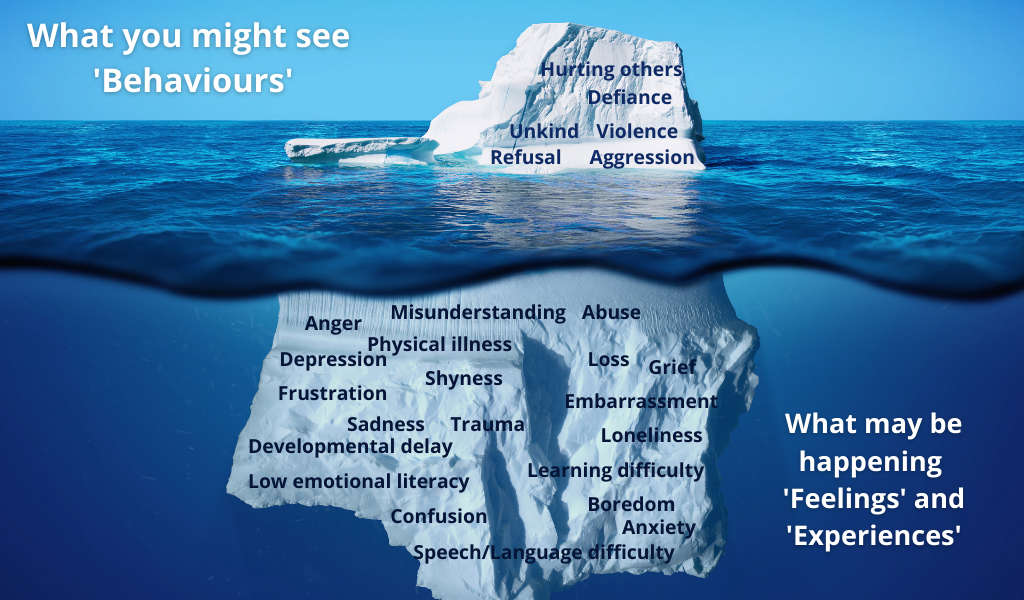Children do well when they can
When a child has been bereaved, or has experienced loss or trauma, they may not have the skills to recognise, name, or understand their feelings, and instead their emotional turmoil may be seen in the way they act and react to the world around them. Parents often ask us to help. Sometimes they ask us to get their children to talk about their emotions in the hope that it will help to settle any challenging behaviours, but this is often not as simple as it sounds.
Following a bereavement, loss, or trauma, children experience a wide array of emotions – fear, anger, sadness, guilt, shame, regret, confusion, longing, frustration, to name a few. For a child to be able to express, process, and manage these emotions, they need to be calm and ready, feel safe, have trust in the person they are speaking to, and possess the skills to recognise, name, and understand them, which is often referred to as ‘emotional literacy’. It is unhelpful, therefore, when parents and teachers are advised by public figures to “remind children how to behave” without consideration for the reasons behind any unwanted or challenging behaviours. It is equally unfair to mete out consequences for these behaviours without exploring and considering a child’s emotional literacy and what has happened, or is happening, in their life.
One way to consider unwanted childhood behaviours is to think of an iceberg.

The behaviours we see in a child are the visible signs of what is happening beneath the surface. I’m sure we would all agree that sanctioning children for what is below the surface (their feelings and experiences) would be highly unfair, unsafe, unreasonable, and ineffectual. And this is why we should respond to what is above the surface with more open-mindedness and empathy.
One widely used and successful strategy is emotion coaching. Emotion coaching is an evidence-based technique that helps children, young people, and adults alike to learn about how emotions affect behaviours, to understand their feelings, to regulate these emotions and behaviours, and to find alternative solutions. It allows children and young people to feel heard, understood, and respected, and teaches them, in turn, to respect and empathise with others. It also helps children in building friendships and strengthens their resilience.
There are five processes in each action in emotion coaching, but there are only three simple and easy steps to follow:
Step One
Recognise, label, empathise, and validate emotions
- Recognise that all emotions are normal and natural
- Understand behaviour as a form of communication in itself and not always a matter of choice
- Listen to the child and try to understand their perspective and unique circumstances
- Use words to reflect back to the child and to help them label their emotions
- Empathise
- Link their feelings and thoughts by speaking about the experience
e.g. “It looks to me like you might be feeling very angry about that – am I right? I understand that. I would feel angry too if that happened to me and it’s ok/normal to feel angry when these things happen.”
Step Two
Set limits on behaviours
- Explain that although it is ok to feel the emotion, certain behaviours are not ok, even when the emotion is strong
- Talk about acceptable alternative behaviours
- Take care not to embarrass or shame them
e.g. “Feeling angry is a normal reaction here, but it is just a feeling and feelings will come and go. But even when the feeling is very, very strong, we can’t behave in that way because it isn’t safe for you/other people so we have to find different ways to manage things when we feel angry.”
Step Three
Help with problem-solving and alternative solution-finding
- Once the child is calm, explore the feelings that caused the unwanted behaviour
- Ask them to suggest alternative actions that would lead to more positive outcomes
- Help them to learn that they can manage their feelings and behaviours to overcome difficulties
e.g. “Unfortunately, we usually can’t control when things happen/other people do things that make us feel angry, but what do you think you could do differently if something like this happens again? Do you have any ideas or shall we work together to find some different solutions?
If we can change our mindset to children do well when they can instead of children do well when they want to (Greene, 2008), and use a consistently curious, empathetic, and constructive response, such as emotion coaching, we gain the opportunity to help children develop their emotional literacy, to model and encourage empathy, to teach them self-regulation strategies, and to reduce challenging or unwanted behaviours. What’s more, it is simple to implement and it ensures that we – the adults – consider the feelings and experiences behind a child’s behaviours. In turn, this helps us to remain calm and manage our own emotional responses. It’s a win-win strategy!

